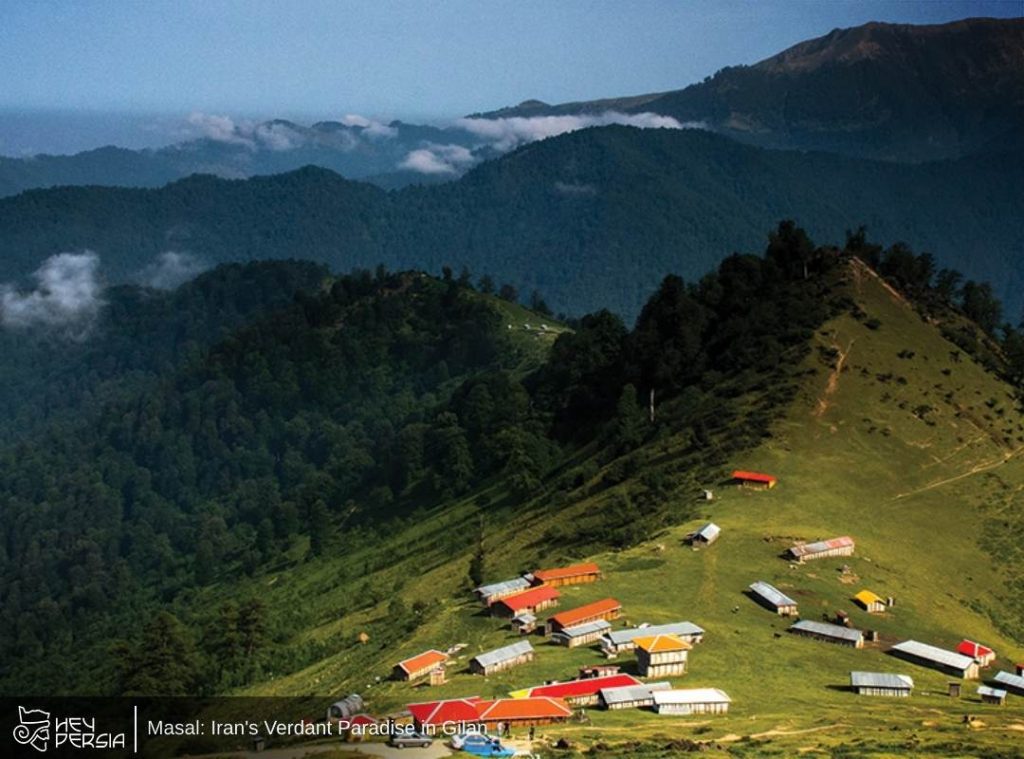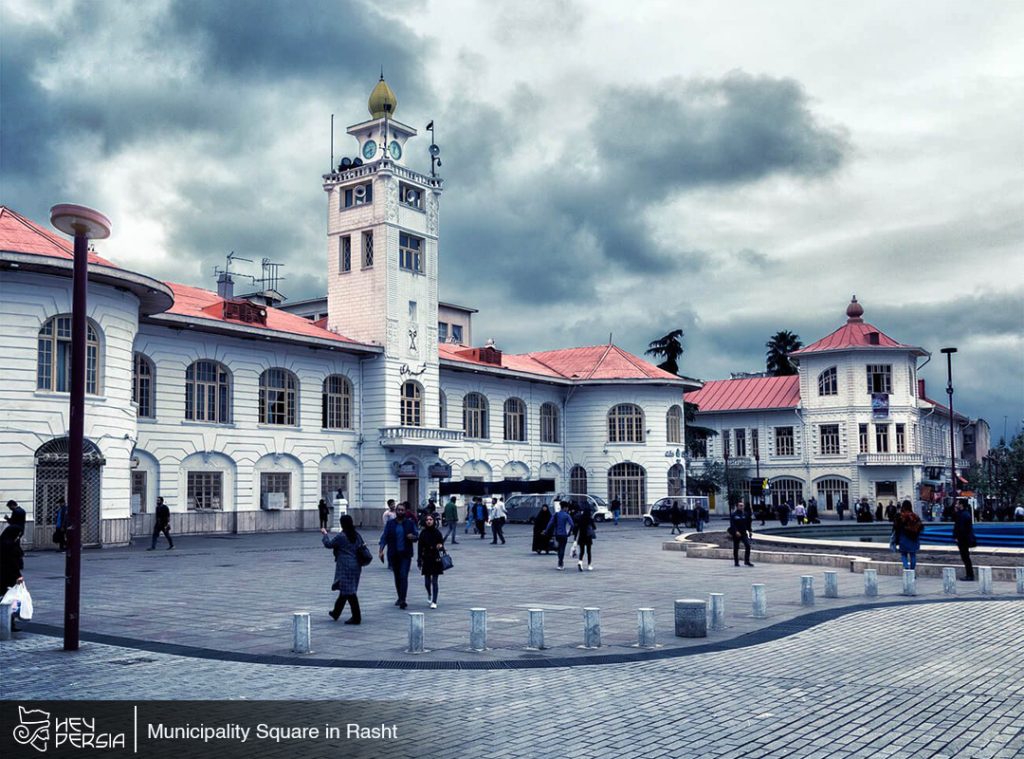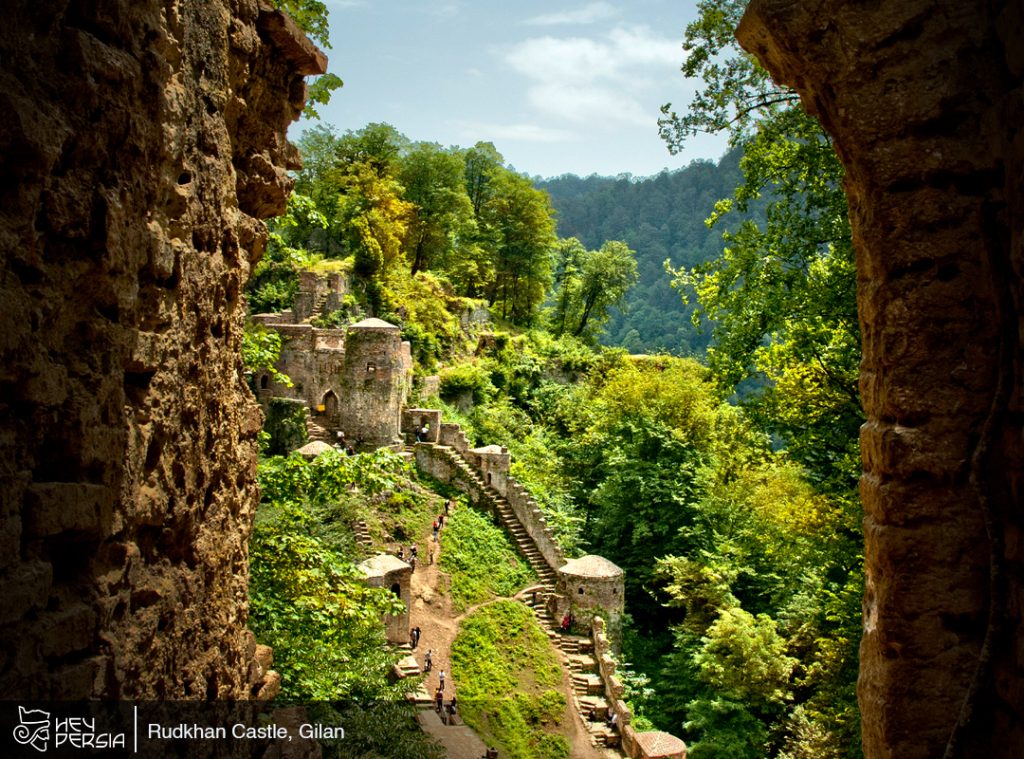Masal, a captivating city in northwestern Iran’s Gilan province, enchants visitors with its lush forests, misty valleys, and serene landscapes. Nestled in the Talesh Mountains, Masal serves as the capital of Masal County and draws nature lovers, hikers, and eco-tourists seeking tranquility. Known as a “lost heaven,” its natural beauty, cultural richness, and unique attractions make it a gem of northern Iran.
Table of contents
Geography and Climate in Masal
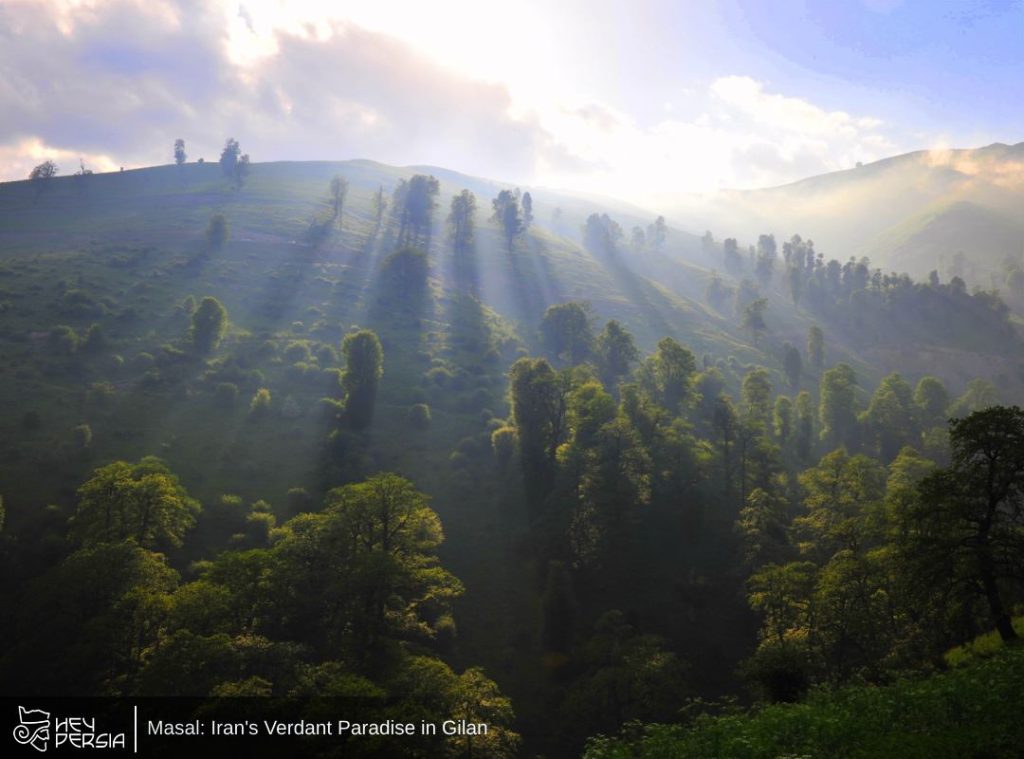
Masal lies 55 kilometers from Rasht and 60 kilometers from Talesh, at an elevation of 84 meters above sea level. Spanning 622 square kilometers, the city nestles in the foothills of the Alborz mountain range, surrounded by dense forests and rolling meadows. Its name, possibly derived from the Taleshi word “Mazal,” meaning mountainside, reflects its scenic, mountainous setting.
The climate in Masal remains mild and humid, with an average annual humidity of 80%. Summers offer pleasant temperatures around 28°C, while winters dip to around 3°C, occasionally bringing snow to higher elevations. Spring and early autumn, particularly May and June, provide ideal conditions for exploring, with minimal rainfall and comfortable weather. The region’s misty valleys, often likened to a “cloud ocean,” create a dreamlike atmosphere, especially in warmer months.
Natural Attractions
Masal’s landscapes brim with natural wonders. Its verdant forests, teeming with beech and plum trees, offer breathtaking hiking trails. The Khalkaei River, a popular spot for swimming, fishing, and boating, winds through the city, adding to its charm. Waterfalls, such as the renowned Avishu Waterfall, cascade through the region, drawing adventurers to their scenic beauty. The Avishu Cave, located 22 kilometers from Masal, stretches over 1,700 meters and features lime qandils and an underground river, though it remains accessible only to professional cavers. Other caves, like Chosali and Kalchal, welcome public exploration.
The nearby village of Olasbelangah, reached via a 30-kilometer curvy road from Masal, captivates with its wooden cottages, green valleys, and pristine forests. Often called a “lost paradise,” it offers stunning views and a peaceful retreat. The Masouleh-Masal trekking route, though challenging and requiring a local guide, rewards hikers with untouched scenery and a night under the stars.
Flora and Fauna
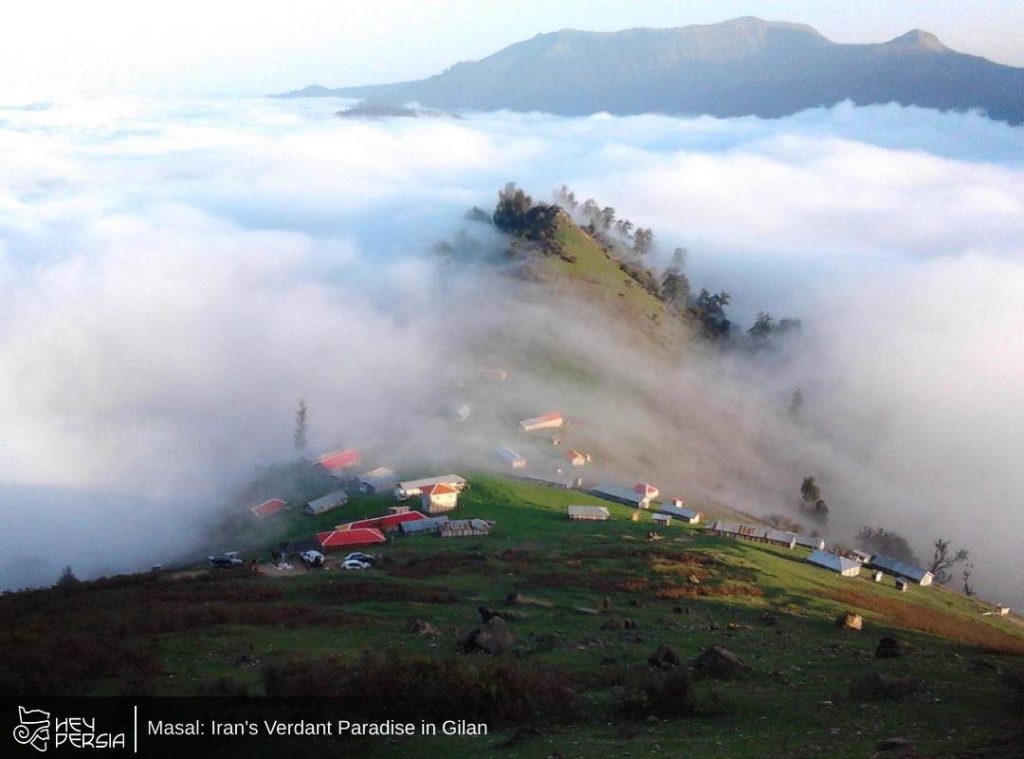
Masal’s ecosystems thrive with biodiversity. Its forests shelter a variety of trees, including mulberry groves that once supported a vibrant sericulture industry. Meadows bloom with wildflowers, enhancing the region’s lush appeal. The area’s wildlife includes lynxes, wolves, and bears, which roam the mountainous terrain, alongside smaller creatures like foxes and birds. These species adapt to the humid, forested environment, creating a delicate balance that eco-tourists work to preserve.
Cultural and Historical Significance
Masal’s population, approximately 17,901 as of the 2016 census, primarily consists of Talysh people who speak the Talysh language. The city’s cultural fabric weaves together diverse ethnic groups, including Gilak and Tat, fostering a rich heritage of traditions and hospitality. The name “Masal,” linked to the Turkish phrase “Masal Oku” (read a fairy tale), evokes the region’s enchanting, storybook-like quality.
Historically, Masal and its surrounding areas fell under the influence of the Achaemenian, Seleucid, Parthian, and Sasanian empires until the 7th century. The region gained independence until 1567, with local dynasties shaping its identity. Historical sites, such as Kool Castle, Shahrgah, and a Parthian-era cemetery in Asbeh Riseh, offer glimpses into Masal’s past. The Rahimi building in Biten Shanderman and the stonewall of Asbeh Riseh, a haven for rock climbers and kayakers, add to its historical allure.
Tourism and Activities of Masal
Masal shines as a hub for eco-tourism. Its forests, waterfalls, and caves attract adventurers, while its tranquil ambiance appeals to those seeking respite from urban life. Hiking trails, especially in the Masouleh-Masal route, challenge trekkers with rugged paths and reward them with pristine vistas. Visitors can explore Olasbelangah’s scenic villages or relax in eco-lodges and cottages. Local cuisine, including Nan-e Zarrin (a traditional bread), delights travelers, while handicrafts like scarves, wooden products, and Jajim rugs make cherished souvenirs.
Preparation is key for visiting Masal. Trekkers should bring supplies, as shops and hotels are scarce in remote areas. Spring and early autumn offer the best conditions, though rain can make paths slippery. Local guides enhance safety and enrich the experience with insights into the region’s culture and terrain.
Masal’s blend of misty valleys, lush forests, and cultural depth creates an unforgettable destination. Whether hiking its trails, exploring its caves, or savoring its serene beauty, visitors find a slice of paradise in Iran’s northern heart.

